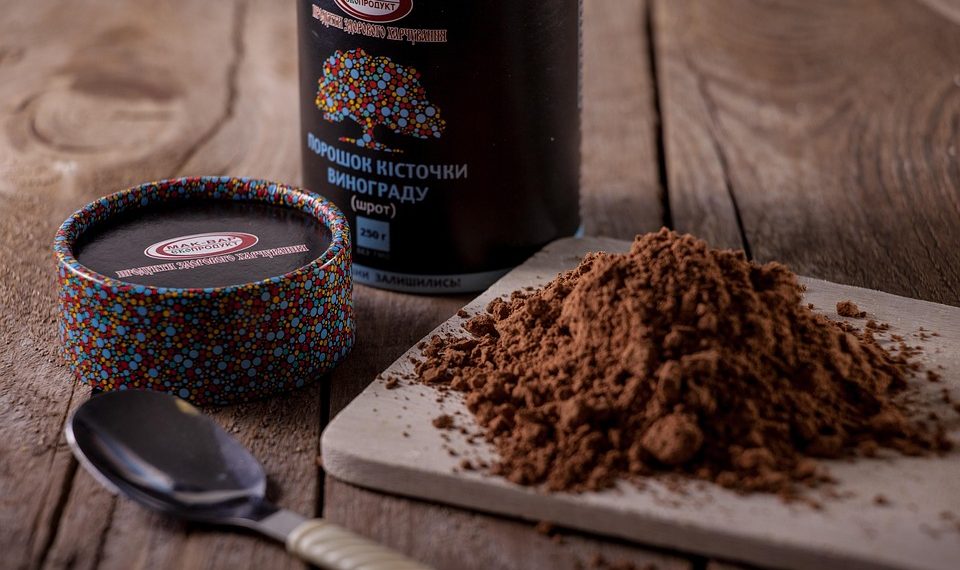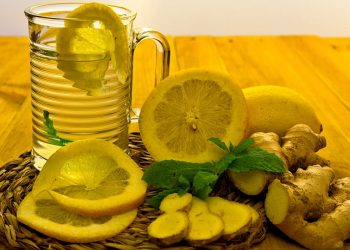Starting an anti-inflammatory diet doesn’t have to feel overwhelming. You’re about to embark on a journey that can transform not just how you eat, but how you feel. Chronic inflammation is linked to numerous health issues, including heart disease, diabetes, and even autoimmune disorders. By choosing the right foods, you can empower your body to heal and thrive.
Contents
What Is an Anti-Inflammatory Diet?
An anti-inflammatory diet focuses on consuming whole, nutrient-dense foods while avoiding those that trigger inflammation. Think of it as a way to support your body’s natural defenses. When you nourish yourself with the right ingredients, you’re not just filling your plate; you’re fueling your life.
This type of diet emphasizes:
- Fruits and vegetables: Packed with antioxidants.
- Whole grains: Better for digestion and sustained energy.
- Healthy fats: Like those found in avocados and nuts.
- Lean proteins: Such as fish and legumes.
It’s not just about what to eat; it’s about what to avoid too. Processed foods, sugars, and trans fats can contribute to inflammation.
Why an Anti-Inflammatory Diet Matters
Every bite you take can either promote health or contribute to chronic issues. By adopting an anti-inflammatory diet, you can reduce your risk of:
- Heart disease
- Diabetes
- Certain cancers
- Digestive disorders
This isn’t just a trend; it’s a lifestyle change that can lead to profound improvements in your quality of life. So, let’s dive into the seven easy steps to get you started!
Step 1: Understand Your Body
Before making dietary changes, take a moment to tune into your body. Pay attention to how different foods make you feel. Some might cause bloating or fatigue, while others leave you energized.
- Keep a food diary: Note what you eat and how it affects your mood and energy.
- Consult with a healthcare provider: They can offer insights tailored to your specific health needs.
Step 2: Fill Your Plate With Color
When you think of fruits and vegetables, think color! Vibrant colors often mean a variety of nutrients.
- Berries: Blueberries, strawberries, and blackberries are rich in antioxidants.
- Leafy greens: Spinach, kale, and Swiss chard are anti-inflammatory powerhouses.
- Cruciferous vegetables: Broccoli and cauliflower help detoxify your body.
Aim for a rainbow of colors on your plate. Not only is it visually appealing, but it also ensures you’re getting a wide range of nutrients.
Step 3: Embrace Healthy Fats
Not all fats are created equal. While you should steer clear of trans fats found in processed foods, healthy fats can be your best friend.
- Olive oil: A staple in Mediterranean diets, it’s loaded with antioxidants.
- Avocados: Packed with monounsaturated fats that lower inflammation.
- Nuts and seeds: Almonds, walnuts, chia seeds, and flaxseeds are great sources of omega-3 fatty acids.
Incorporate these fats into your meals. Drizzle olive oil over your salads, add avocado to your toast, or snack on a handful of nuts.
Step 4: Choose Whole Grains Over Refined
Refined grains can spike your blood sugar, leading to inflammation. Instead, opt for whole grains that provide fiber and nutrients.
- Brown rice: A versatile base for many meals.
- Quinoa: A complete protein that’s gluten-free.
- Oats: Perfect for breakfast and packed with fiber.
Start your day with oatmeal topped with berries or swap out white rice for quinoa in your stir-fries.
Step 5: Prioritize Lean Proteins
Protein is essential for your body, but not all sources are created equal. Focus on lean, high-quality proteins that support your health.
- Fish: Salmon and sardines are rich in omega-3 fatty acids.
- Legumes: Beans and lentils are excellent sources of plant-based protein.
- Poultry: Skinless chicken or turkey provides lean options without excess fat.
Experiment with different proteins throughout the week. Try a fish taco night or a hearty bean chili.
Step 6: Spice It Up!
Spices can be a game changer in your anti-inflammatory diet. They not only add flavor but also pack a powerful nutritional punch.
- Turmeric: Contains curcumin, known for its anti-inflammatory properties.
- Ginger: Great for digestion and can reduce muscle pain.
- Garlic: Boosts your immune system and has anti-inflammatory effects.
Add these spices to your dishes for an extra health boost. A golden turmeric latte, anyone?
Step 7: Stay Hydrated
Don’t underestimate the power of water. Staying hydrated helps your body flush out toxins and reduces inflammation.
- Drink plenty of water: Aim for at least eight glasses a day.
- Herbal teas: Green tea is particularly beneficial due to its high antioxidant content.
Infuse your water with slices of lemon or cucumber for a refreshing twist.
Bottom Line
Starting an anti-inflammatory diet is not about restriction; it’s about abundance. By following these seven easy steps, you’re making a conscious choice to nourish your body, mind, and spirit. Your health is your most precious asset.
Embrace these changes at your own pace. Celebrate small victories, and remember to listen to your body. You are worthy of vibrant health.
FAQs
What are the main benefits of an anti-inflammatory diet?
An anti-inflammatory diet can reduce the risk of chronic diseases, boost your immune system, and improve overall well-being.
How long does it take to feel the effects of an anti-inflammatory diet?
Many people notice improvements in energy levels and digestion within a few weeks, but individual experiences may vary.
Can I still enjoy my favorite foods?
Yes! The key is moderation. You can still enjoy treats; just balance them with healthier choices.
Now, go ahead and take that first step towards a healthier you. Your body will thank you!
Get Your FREE Natural Health Guide!
Subscribe now and receive our exclusive ebook packed with natural health tips, practical wellness advice, and easy lifestyle changes — delivered straight to your inbox.















